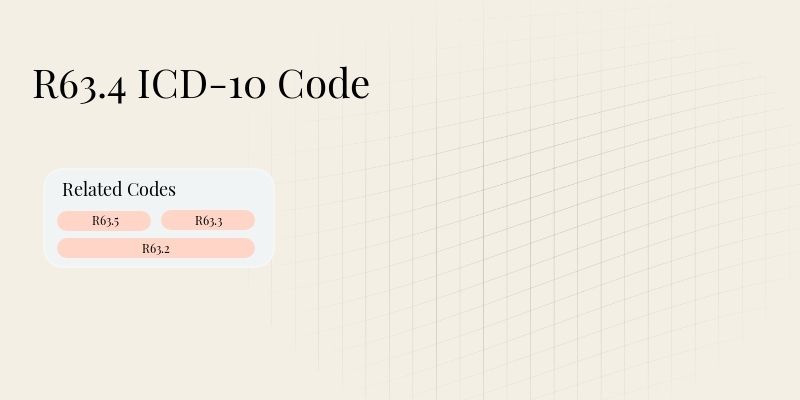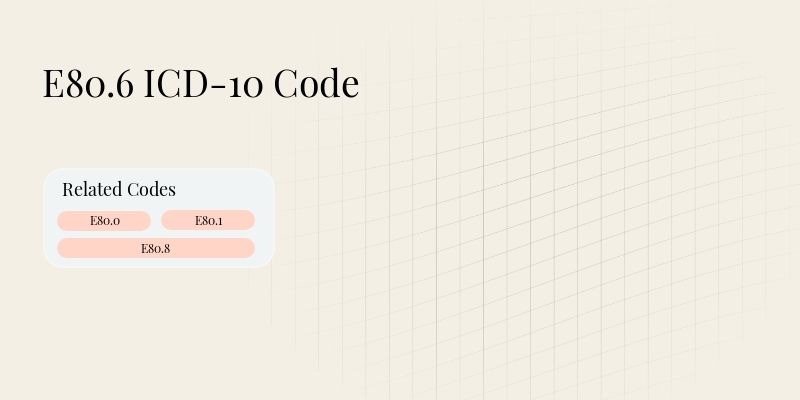
PR-32 Denial Code: Patient Ineligible as Dependent

Key Takeaways
- What PR-32 Denial Code Covers: This denial code indicates that a patient is considered ineligible as a dependent under a specific insurance plan. It is crucial for healthcare providers to determine the correct insurance coverage for patients to ensure proper billing.
- Common Scenarios That Trigger It: Scenarios include a patient exceeding the age limit for dependent coverage, insufficient documentation proving dependent status, or a patient not being legally recognized as a dependent by the insurance policy.
- Who Should Address the Denial: Billing specialists, insurance verification staff, and healthcare providers must work collaboratively to address this denial effectively, ensuring that all necessary documentation is accurate and complete.
- Best Practice for Proper Use: Implementing thorough patient eligibility verification processes before service delivery can significantly reduce the occurrence of this denial code.
- Example of Actual Usage: A claim was denied with PR-32 after a dependent child reached the age limit set by the insurance provider, resulting in the need for the parent to submit a new claim under their own insurance.
What is PR-32 Denial Code
The PR‑32 Denial Code denotes that a patient is deemed ineligible as a dependent under a specific insurance plan. This often arises when a patient does not meet the requirements set by the insurance provider for dependent coverage. Common reasons include age restrictions or a lack of proper documentation proving the dependent status.
This denial can significantly affect reimbursement rates for healthcare providers. When a claim is denied, it may lead to delays in payment or the need for additional administrative work to rectify the situation. Understanding this denial code is essential for medical billing professionals to ensure that claims are processed correctly and efficiently.
Common Reasons for Denial
Denial codes often reflect recurring process issues that can be addressed to improve claim submission accuracy. Below is a detailed table outlining common reasons for the PR‑32 Denial Code.
Root Cause | Description | How It Triggers PR-32 Denial Code | Suggested Fix |
|---|---|---|---|
Age Limit Exceeded | The patient has surpassed the maximum age for dependent coverage. | Insurance denies the claim due to the patient's age. | Verify the age and change the coverage to the primary policyholder. |
Insufficient Documentation | Missing proof of dependent status, such as legal guardianship or marriage certificates. | Lack of documentation results in the denial of the claim. | Collect and submit necessary documents to support the claim. |
Policy Changes | The patient’s insurance policy may have changed, affecting dependent eligibility. | Claims denied due to new eligibility requirements. | Review policy updates and adjust claims accordingly. |
Who Can Resolve PR-32 Denial Code?
Resolving PR‑32 Denial Code requires a coordinated effort among various professionals within the healthcare system. Key personnel include:
- Billing Specialists: They are responsible for submitting claims and handling denials, making them essential in resolving issues related to dependent eligibility.
- Insurance Verification Staff: These professionals verify patient insurance information and can help confirm dependent status prior to service delivery.
- Healthcare Providers: Physicians and other providers are crucial in providing documentation to support the dependent status of their patients.
How to Resolve PR-32 Denial Code
Addressing a PR‑32 denial effectively involves several steps to ensure that the claim is corrected and resubmitted accurately:
- Verify the Denial Reason: Call the payer to confirm the cause of the denial. Example: Verified missing prior authorization with Cigna.
- Correct and Refile the Claim: Fix the errors identified and submit the claim again. Example: Added required modifier and sent via clearinghouse.
- Submit an Appeal with Documentation: If the denial persists, appeal the decision. Example: Attached treatment notes and letter of medical necessity.
- Update Internal Processes: Implement changes to prevent future denials. Example: Set EHR reminder for pre-auth for all sleep studies.
Financial Impact of PR-32 Denial Code
Potential Lost Revenue | Average Time to Resolve | Staff Hours Involved | Frequency by Payer Type |
|---|---|---|---|
$150-$300 per claim | 2-4 weeks | 5-10 hours | Common among commercial payers |
Disclaimer: The rates vary by payer, location, and claim complexity, and we keep this article updated with industry averages.
Benefits of Proper Denial Management
Utilizing effective denial management can lead to various benefits for healthcare providers. The following table outlines these advantages:
Benefit | Why It Matters | How It's Achieved |
|---|---|---|
Improved Cash Flow | Timely resolution of denials leads to quicker payments, enhancing overall revenue cycle. | Regularly monitor denial rates and adjust processes as needed. |
Reduced Administrative Costs | Minimizing denials decreases the time and resources spent on appeals and corrections. | Implement training for staff on common denial reasons. |
Enhanced Patient Satisfaction | Correct billing practices improve patient trust and satisfaction with the healthcare provider. | Ensure clear communication with patients regarding their insurance coverage. |
Common Mistakes to Avoid with PR-32 Denial Code
Mismanagement of denial codes can lead to claim rejections, delayed payments, and potential audits. It is essential to be aware of common mistakes that can exacerbate the issue:
- Ignoring Eligibility Verification: Failing to verify a patient’s insurance coverage before service can lead to denials. Example: A patient received services but was not eligible as a dependent, leading to PR-32.
- Inadequate Documentation: Submitting claims without sufficient supporting documents increases the likelihood of denial. Example: Claims were filed without providing proof of dependent status.
- Neglecting to Follow Up: Not following up on denied claims can lead to lost revenue opportunities. Example: Claims were not resubmitted after denial was received.
- Assuming Automatic Eligibility: Believing all dependents are automatically covered can lead to oversights. Example: Billing for a patient who recently aged out of dependent status without checking.
PR-32 Denial Code vs Other Denial Codes
Understanding how the PR‑32 Denial Code compares to similar codes can help healthcare professionals navigate the complexities of claims management effectively. Below is a comparison table:
Denial Code | Meaning | Common Cause | Who Resolves It | Resolution Strategy |
|---|---|---|---|---|
PR-32 | Patient Ineligible as Dependent | Age limits, insufficient documentation | Billing specialists, insurance verification staff | Verify and refile or appeal |
PR-50 | Not Medically Necessary | Lack of medical necessity documentation | Healthcare providers | Submit additional documentation |
PR-22 | Payment Adjusted Because Required Prior Authorization Was Not Obtained | Missing prior authorization | Billing specialists | Obtain authorization and resubmit |
Conclusion
In summary, the PR‑32 Denial Code indicates that a patient is ineligible as a dependent under their insurance plan. Common causes include exceeding age limits and insufficient documentation. Billing specialists, insurance verification staff, and healthcare providers must collaborate to resolve these denials. By implementing thorough eligibility checks and maintaining accurate documentation, healthcare organizations can minimize the risk of encountering this denial code. Understanding the nuances of PR‑32 and its implications is vital for efficient claims management and ensuring timely reimbursements.
Disclaimer: This article is for informational purposes only and does not constitute legal or medical advice. Always consult professional guidelines and regulatory bodies for specific compliance requirements.
Frequently Asked Questions
Reduce burnout,
improve patient care.
Join thousands of clinicians already using AI to become more efficient.

99401 CPT Code: Preventive Medicine Counseling, 15 minutes
Discover essential insights on the 99401 CPT code for health professionals. Enhance your practice and navigate billing with confidence.

R63.4 ICD-10 Code: Abnormal weight loss
Discover essential insights on the R63.4 ICD-10 Code code for health professionals. Enhance your practice and navigate billing with confidence.

E80.6 ICD-10 Code: Hyperbilirubinemia
Discover essential insights on the E80.6 ICD-10 Code code for health professionals. Enhance your practice and navigate billing with confidence.
